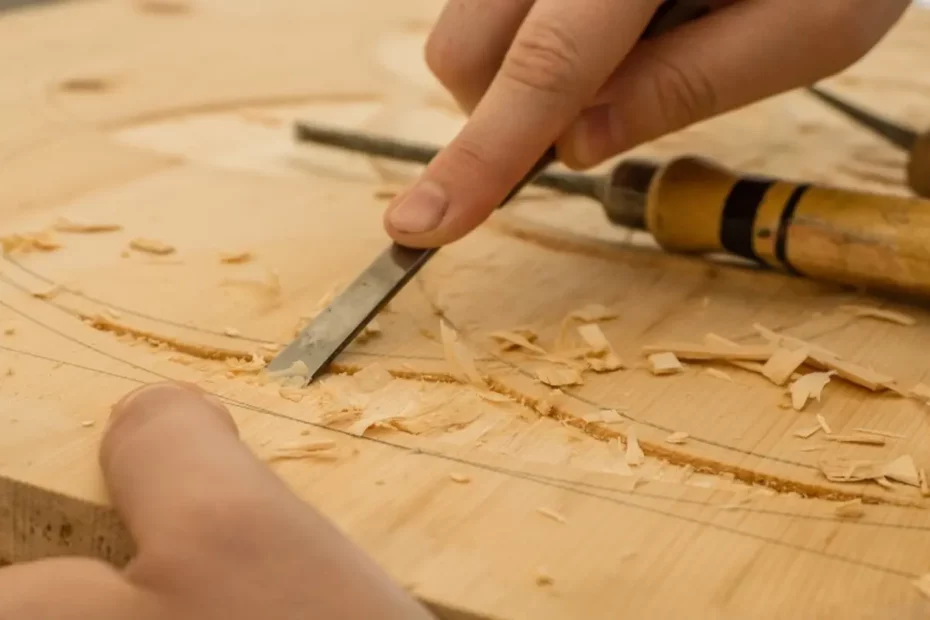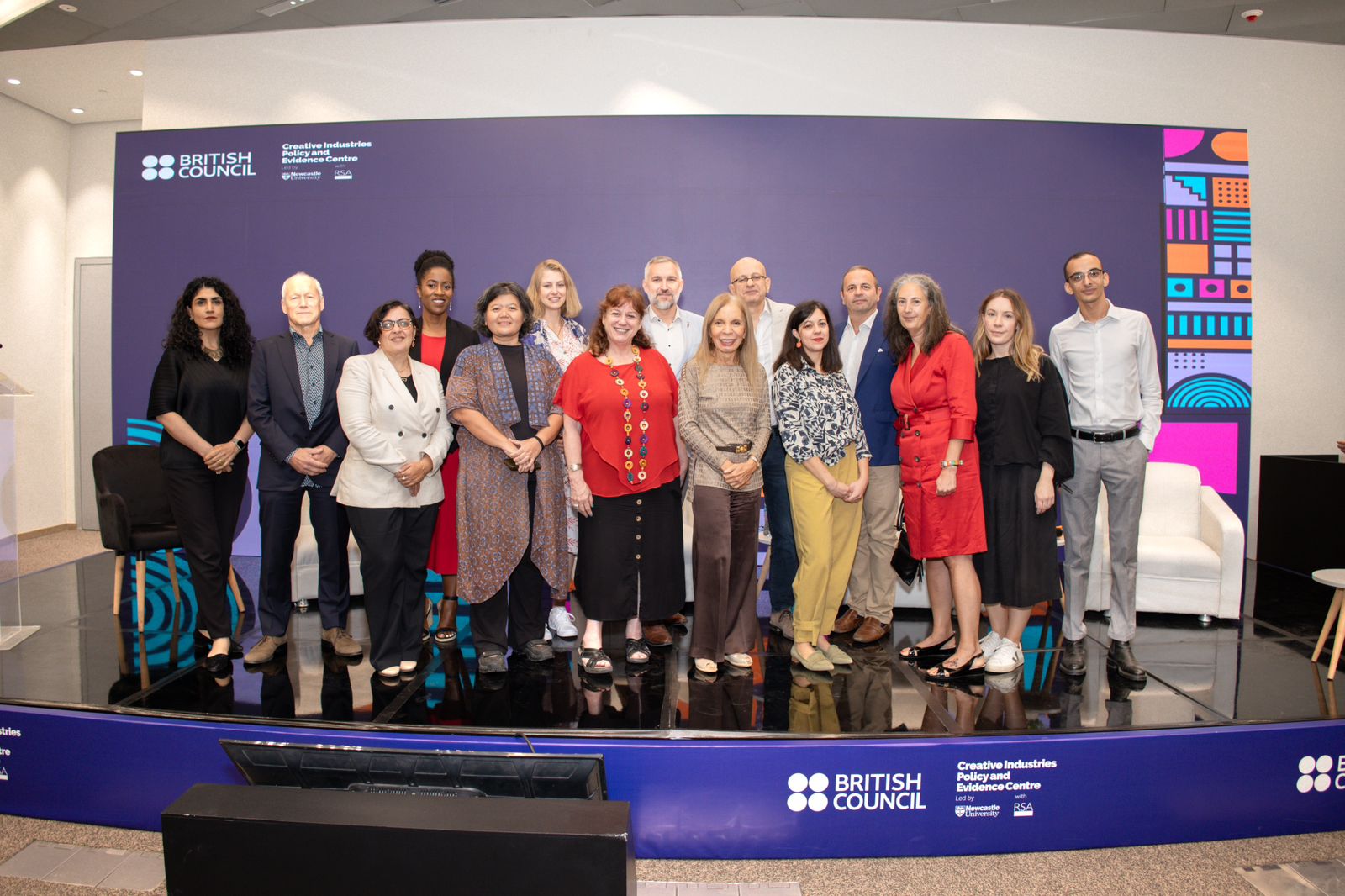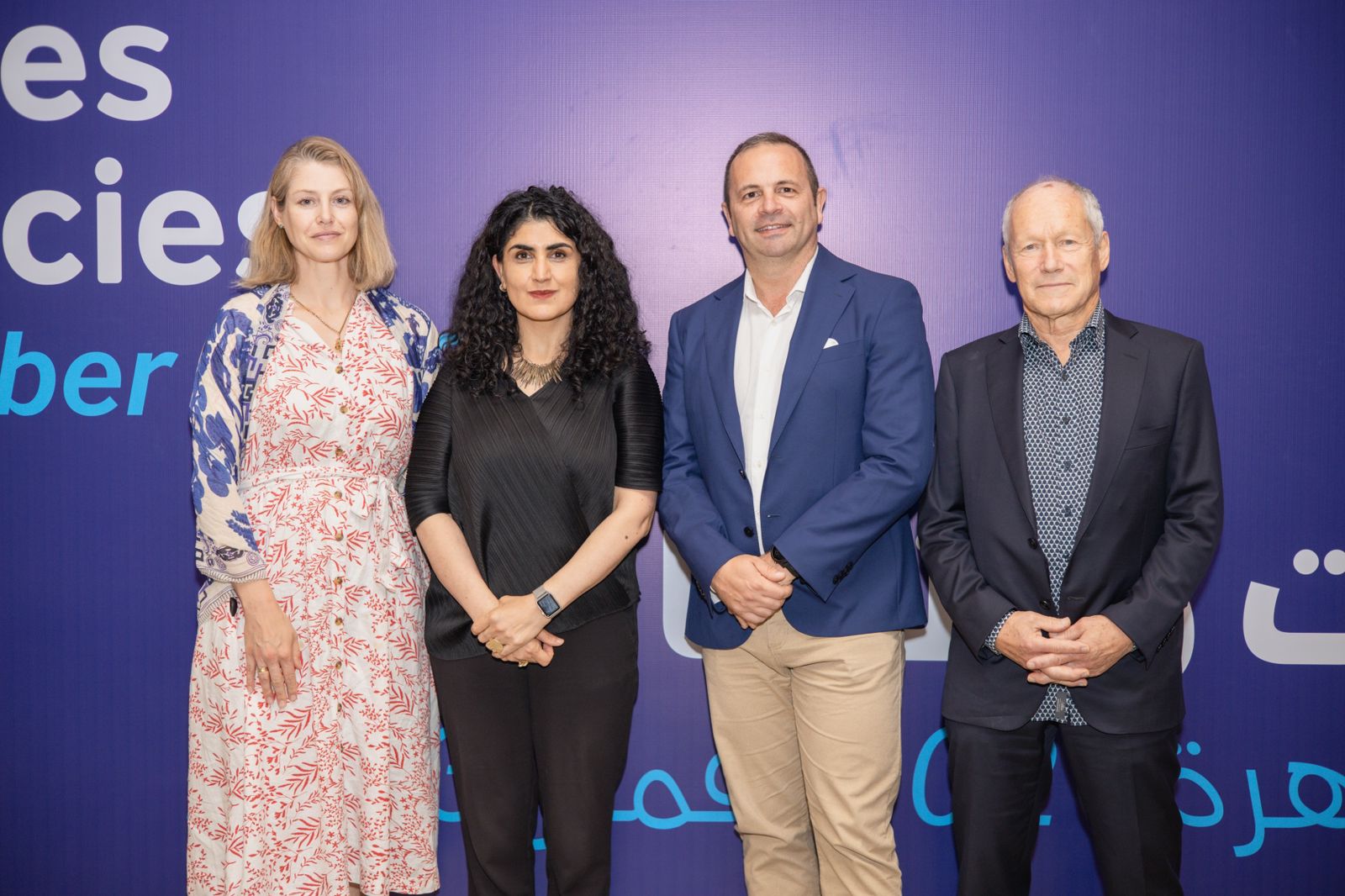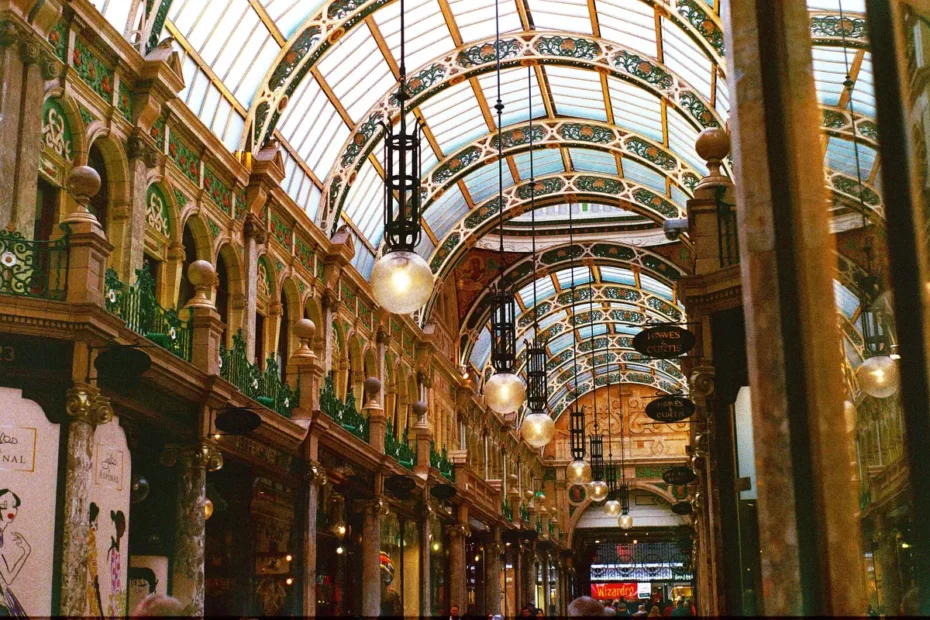So I never thought I’d become a SIC and SOC code nerd. Neither an economist, nor a statistician, I’m still a regular user of stats to try and strengthen our evidence base about the contribution of craft to the economy. But I’ve come to realise that there’s huge power in ensuring that the right things are counted so that everyone knows what we’re talking about.
What do I mean by craft? From master diamond cutters to builders of film sets and props, from the centuries-old traditions of guilds to high spec digital fabrication, from small batch producers to one-off glass sculptors, each maker has honed her techniques with passion. Craft skills are applied today in industries such as design, fashion and architecture, as well as across the creative economy in engineering, medicine and technology. Craft skills are integral to product development, adding economic, cultural and social value.
This is a diverse economy, unified by a skill set that frequently relies on sophisticated hand skills and technical understanding. Craft businesses may not cluster at the same scale as other creative industries such as gaming, film or TV, but they pack an exports punch to the tune of £4.8bn, greater than any of those sectors.
So far so good. But why are these achievements not reflected in the coding systems we use to count craft? The Department for Digital, Culture, Media and Sport (DCMS) stats team demonstrated welcome flexibility in refining the coding for exports and agreed back in 2013 to include partial estimates for craft in the economic estimates methodology. But, as we all know, the international system for revising SICs and SOCs is a tad slower.
Craft industries are not well served by the SIC system: at the present time, there is one SIC code for craft (31.12 – Manufacture of Jewellery), with other craft industries scattered across the system. Jewellery represents about one third of current export figures, even taking the gemstone trade into account. Our ability to demonstrate the economic value of craft is therefore limited.
So when we learnt last autumn from DCMS that there was a window to begin the process of proposing a new industry classification, we started a dialogue about options with UK partner organisations such as The Royal Warrant Holders Association and the Heritage Craft Association. We knew we needed to build on heritage as well as contemporary production and to look to the skill sets that craft has in common with other European industries, such as artisan food and drink. Soon we arrived at the following definition of a proposed Artisan Maker SIC code:
“Contemporary and heritage craft/artisan businesses rely on a creative process about making, often, but not always, through the intelligence of the hand. It involves technical skill and design capability, along with a deep understanding of materials and may involve mechanical and/or digital manufacture on a small scale. These industries are typically, but not exhaustive of: ceramics, design, furniture, glass, jewellery, metalwork, textiles, wood, consumables such as artisan food and drink, and heritage cultural artefacts. Occupational entry routes are likely to be vocational (sometimes through apprenticeships) but may include higher education.”
We seek through this definition to secure recognition for makers across a spectrum of industries and interests – those who are united by their passion and application of hard-won technical knowledge. Such people, often working as sole traders or in micro-businesses, are a growing part of a changing economy of self-employment, in which job satisfaction and rewards are valued alongside purely economic benefits. Only when their role is counted in our economic estimates will we be able to support more effectively the value craft adds to our economies and our lives.
Photo by Dominik Scythe
The PEC’s blog provides a platform for independent, evidence-based views. All blogs are published to further debate, and may be polemical. The views expressed are solely those of the author(s) and do not necessarily represent views of the PEC or its partner organisations.
Related Blogs
Island in Transition: The Journey from Reggae Music Mecca to Creative Economy Hub
Andrea Dempster Chung, Co-founder and executive director of Kingston Creative A blog from Creative P…
UK engagement in Central Asia: Education and the creative economy in the territories of the ‘new Silk Roads’
Dr Martin Smith and Dr Gerald Lidstone look at the history of the British Council's work in Central …
Creative Industries in Egypt: An Overview
Omar Nagati – GCEC Member and Co-Founder of CLUSTER – outlines the findings of a study into the crea…
Introducing the Global Creative Economy Council (GCEC)
Hasan Bakhshi and Rehana Mughal explain what the GCEC is trying to achieve and how the network will …
Global Creative Economy Council: An introduction from the Chair
John Newbigin introduces Creative PEC's Global Creative Economy Council
Creative PEC’s response to the Spring Budget 2024
Creative Industries in the 2024 Spring Budget The creative industries are a significant part of the …
Copyright protection in AI-generated works
Timely exploration of copyright law and AI generated creative content
The economic value of cinema venues to their communities
In a tough economic climate for cinemas and where there is limited public funding, it is important t…
Creative diversity in higher education
As the APPG for Creative Diversity launches their annual report, ‘Making the Creative Maj…
Estimating the Contribution of Arts, Humanities and Social Sciences (AHSS) R&D to Creative Industries R&D
The UK’s creative industries are hugely innovative; PEC research has suggested that over two-th…
The Media Bill and the future of Public Service Broadcasting policy
In March the government published the first draft of its long-awaited Media Bill. The Bill prop…
Creative spillovers: Do the creative industries benefit firms in the wider economy?
The creative industries are a force for innovation in the UK. Firms in the creative industries (CIs)…












